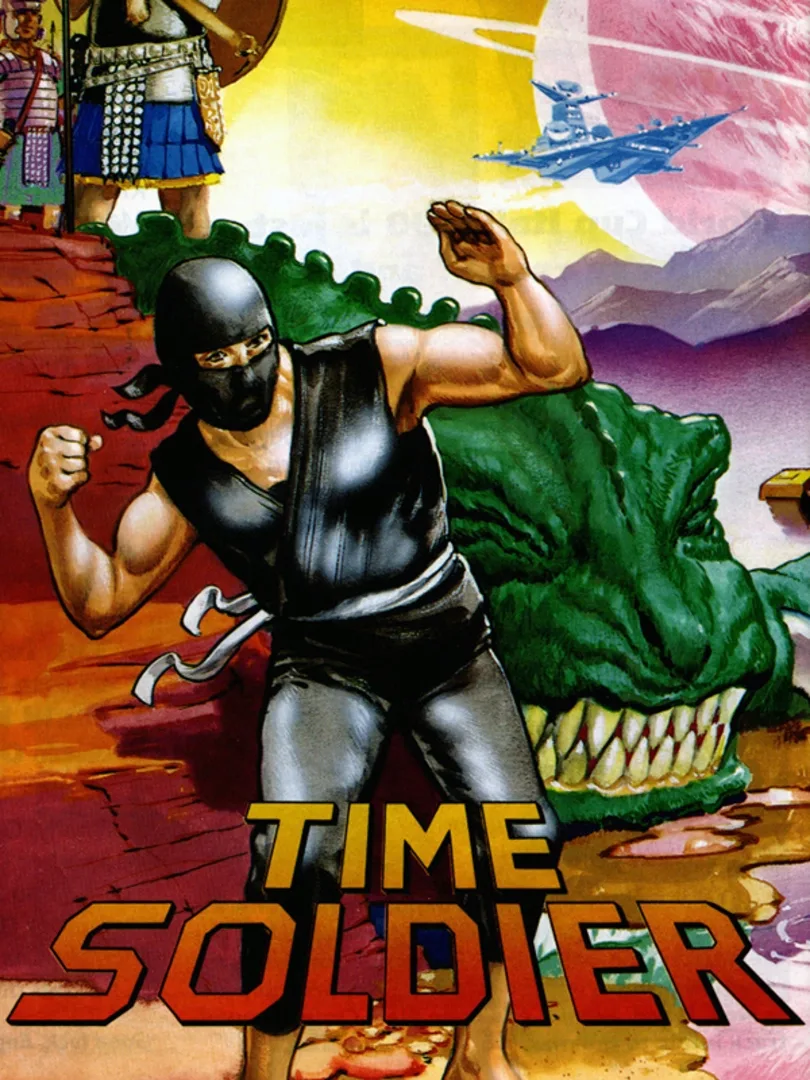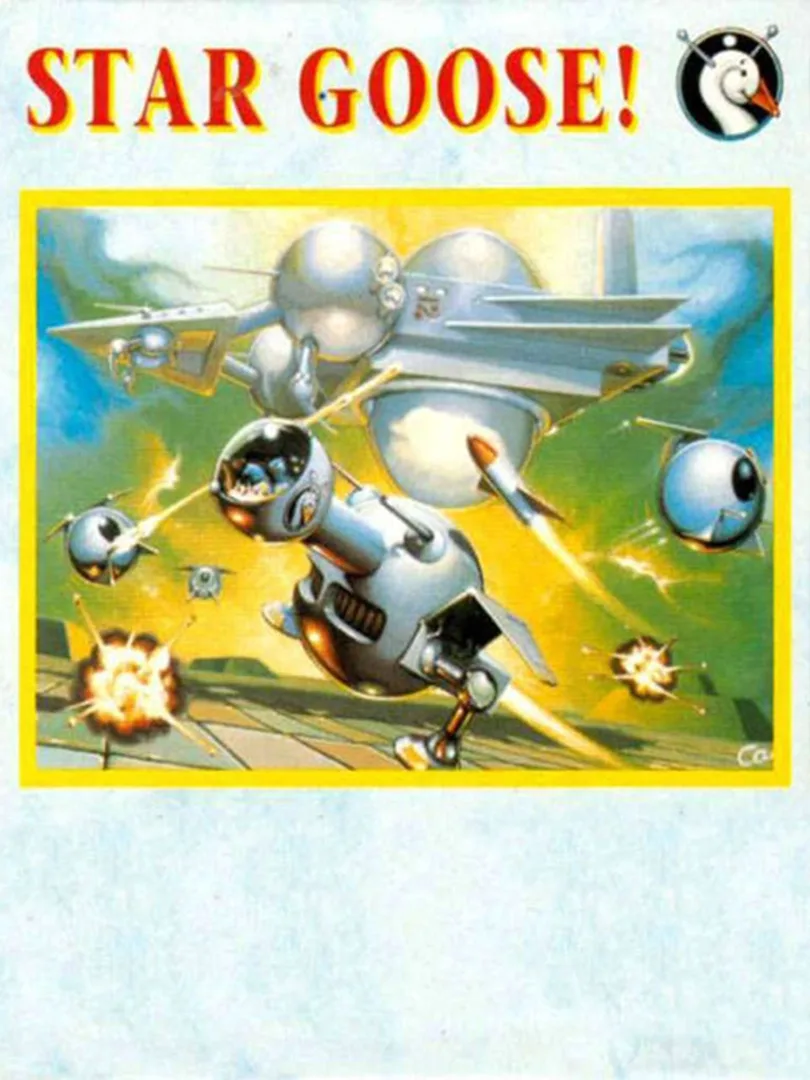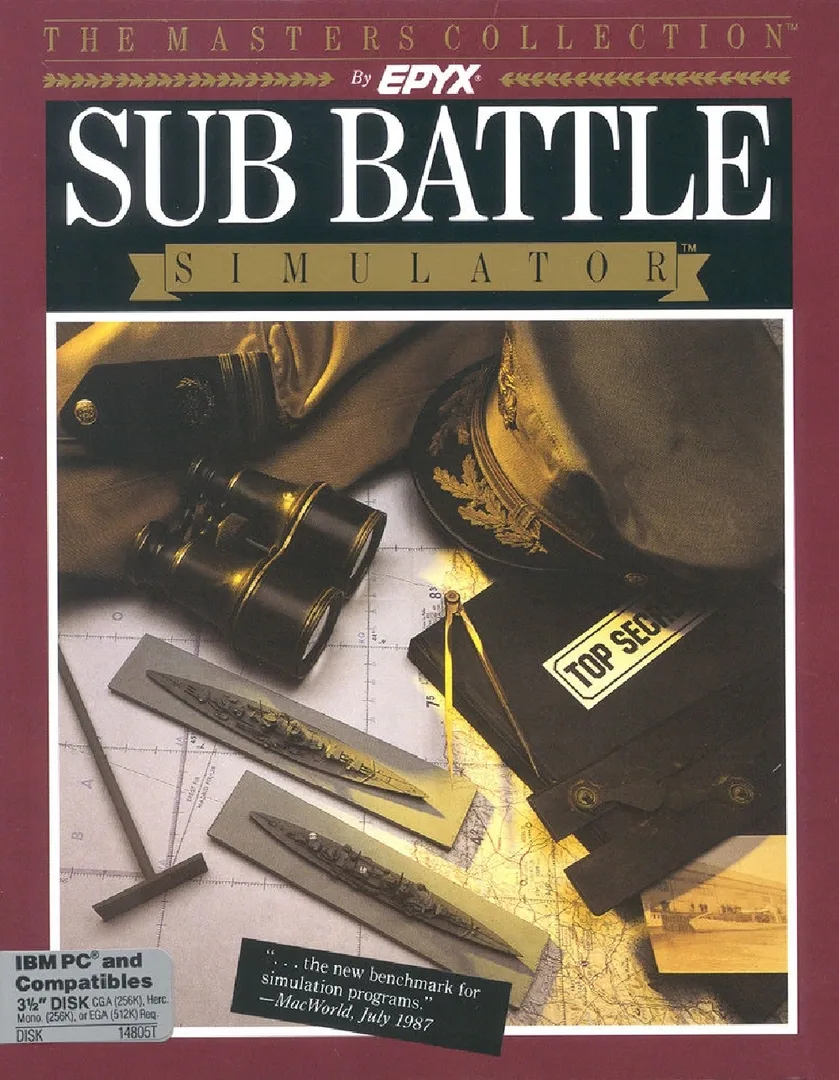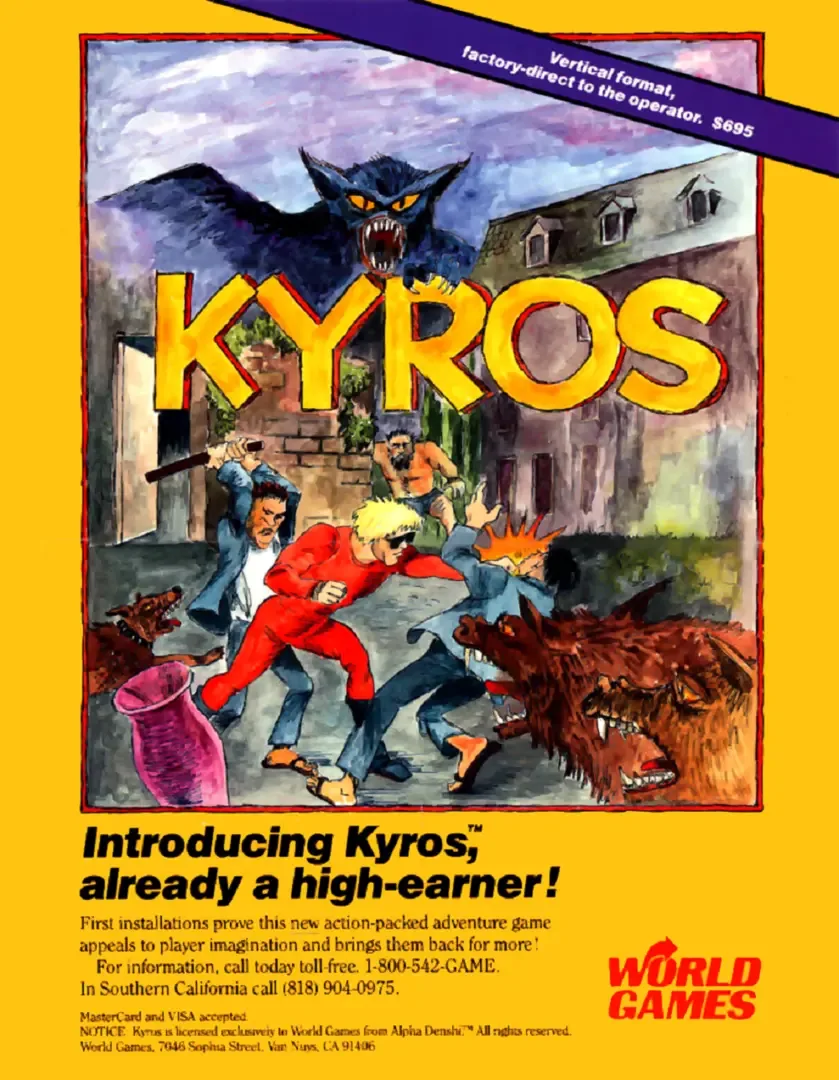Advanced Search
Title
No filter
Genre
No filter
Platform
Atari st/ste
Developer
No filter
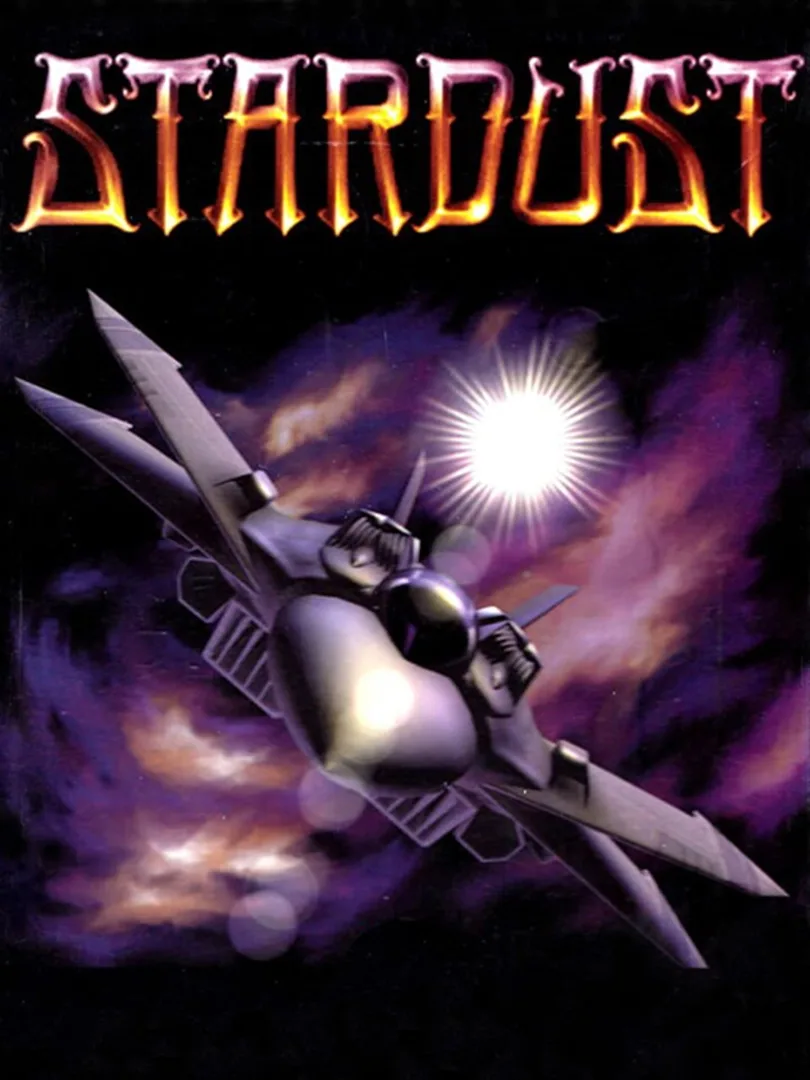
Release date: 31/12/1994
Stardust
This is where it all began – way back in 1993 with the original Stardust, a legendary shoot-em-up for the Amiga 500 (an Atari STE version followed in ‘94) that wowed critics and gamers alike. Stardust dazzled with its tight controls, solid gameplay and stunning technical achievements like ray-traced graphics, full-screen animations & 3D hyperspace tunnel sequences. Players controlled an upgradeable starship equipped with various weapons, missiles and shields. The playfield “wrapped”, so if anything went off-screen it reappeared on the opposite side. Stardust featured five different worlds (all connected by 3D hyperspace tunnels) and 30 action-packed levels full of asteroids, enemies, and bosses bent on destruction. At game’s end, the evil mutant penguin Professor Schaumund made his first-ever appearance (and subsequent escape), meaning he could (and did) return to wreak cosmic havoc in future Stardust titles!

Release date: 31/12/1991
Elite
Elite is a space trading video game, written and developed by David Braben and Ian Bell and originally published by Acornsoft for the BBC Micro and Acorn Electron computers in September 1984.Elite's open-ended game model, and revolutionary 3D graphics led to it being ported to virtually every contemporary home computer system, and earned it a place as a classic and a genre maker in gaming history. The game's title derives from one of the player's goals of raising their combat rating to the exalted heights of "Elite". Elite was one of the first home computer games to use wire-frame 3D graphics with hidden line removal. It added graphics and twitch gameplay aspects to the genre established by the 1974 game Star Trader. Another novelty was the inclusion of The Dark Wheel, a novella by Robert Holdstock which gave players insight into the moral and legal codes to which they might aspire.
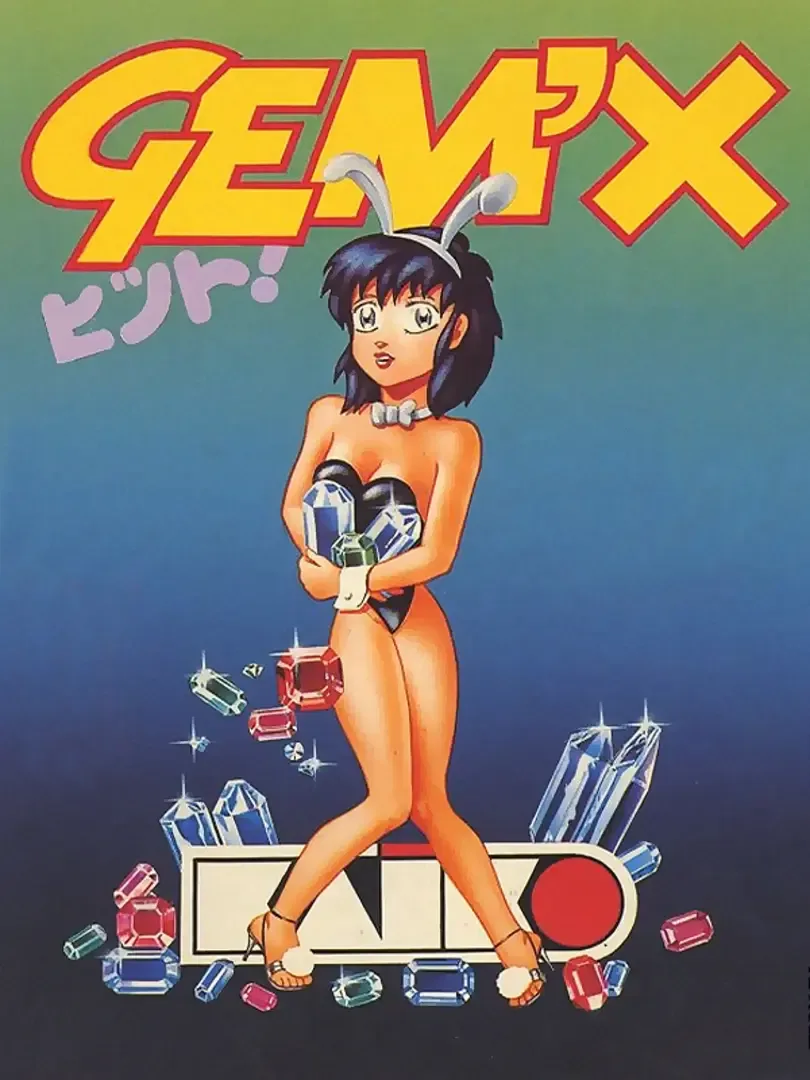
Release date: 31/12/1991
Gem'X
This is a puzzle game that involves tiles of different colours, which must be manipulated to clear a succession of increasingly-difficult levels. You are presented with 2 sets of tiles, and must make the left one identical to the 'control' set on the right. The colours are defined in a sequence - red, green, blue, purple, yellow - and when you click on a tile, that tile's colour moves forward by two in that sequence (for example a blue one becomes yellow), whereas the tiles next to it move by one colour (for example, blue becomes purple).

Release date: 31/12/1989
Lode Runner
Lode Runner is a 1983 puzzle video game, first published by Brøderbund. It is one of the first games to include a level editor, a feature that allows players to create their own levels for the game. This feature bolstered the game's popularity, as magazines such as Computer Gaming World held contests to see who could build the best level.
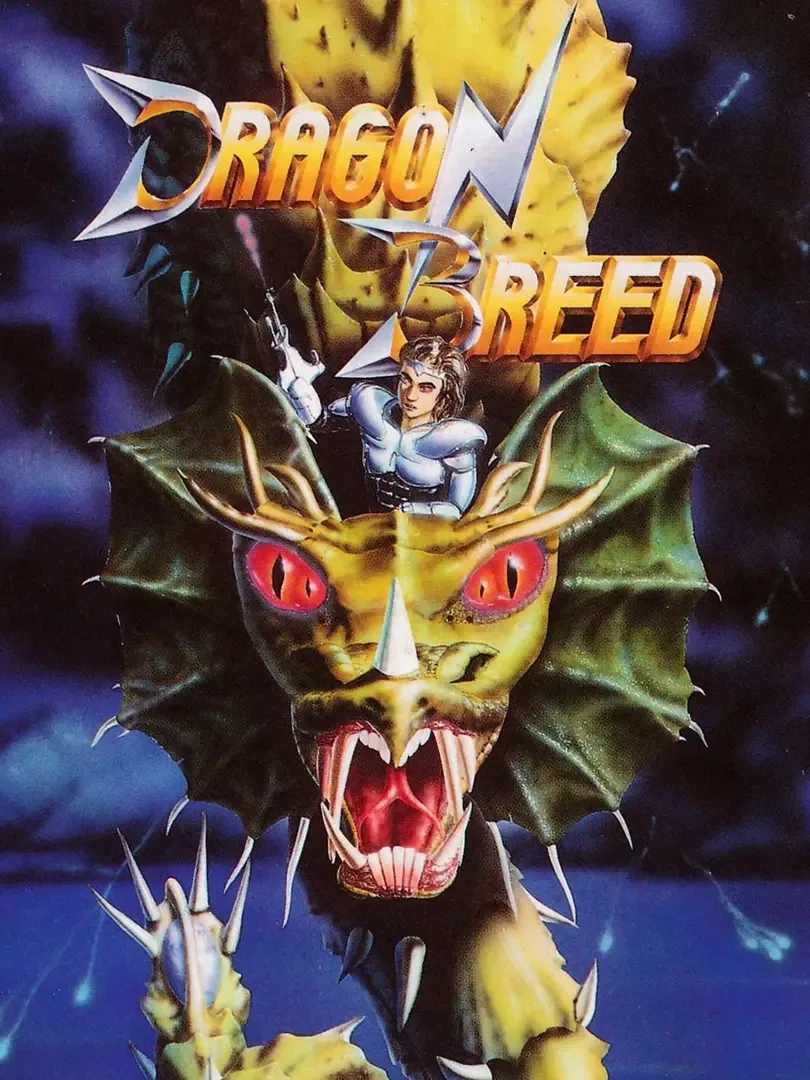
Release date: 31/12/1989
Dragon Breed
The player's character is a human who rides a large, green, flying Chinese-style dragon. The dragon is invincible, capable of blocking most enemy projectiles and damaging enemies on contact; the human, however, is not, but is armed with a forward-firing crossbow. The dragon's body is flexible and responds to the player's movement, enabling the player to use the dragon as a mobile shield or as a whip-like weapon. You can also circle the tail around a group of enemies to kill them. The tail of the yellow or blue dragon can be coiled around the player to offer almost complete invulnerability for a limited time. The dragon can also spit fireballs. By holding the fire button down, the dragon will build up fire in its mouth; the longer the button is held down, the more powerful the fireball will be. There are four levels of fireball power; at its strongest, the fireball resembles a dragon's head. The game also contains some platforming elements - the human is able to dismount on horizontal platforms. Power-ups can be acquired by shooting small green dragons that appear intermittently throughout the levels, or they can be collected from the ground on foot. There are four different power-ups, each of which provides a different weapon to the dragon. Collecting multiple power-ups of the same colour makes that weapon more powerful. The dragon changes colour depending upon which power-up has been collected. Red enables the dragon to breathe a flame. The flame gets longer if more power-ups are collected. Yellow enables the dragon's body to fire crescents in all directions. White enables the dragon to produce up to four miniature dragons, which home in on enemies. Blue enables the dragon to fire downward bolts of electricity from its underside.
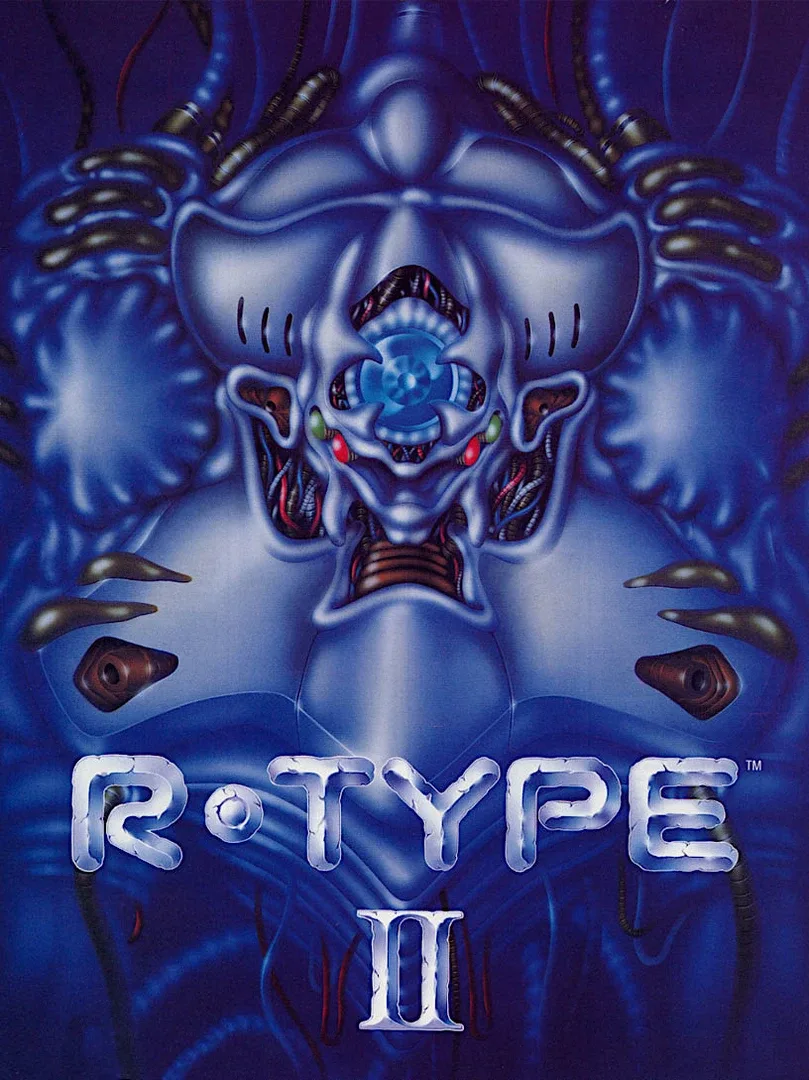
Release date: 31/12/1989
R-Type II
The game is the sequel to R-Type, which was first released as an arcade game in 1987 and profoundly influenced later shooting games with its charge shots, unique weaponry, and grotesque enemies. Hudson Soft ported the later 4 levels of the original R-Type to the PC Engine with the title R-Type II, but the Hudson release is unrelated to the game described in this article. The player controls a ship called the R-9C (or R-9 Custom), which is an improved version of its predecessor game's ship; the R-9. The ship's design was changed slightly, and the wave cannon was given homing capabilities. Two new types of weapons (the Search Laser and Shotgun Laser) were added, bringing the total number of weapon types up to five. A new anti-ground unit bomb was also added to the missile inventory. Though the number of levels was decreased from the prequel, the number of enemies, their durability, and the number of bullets they shoot were greatly increased. Enemy movements and terrain were also made trickier, bringing the game's difficulty up considerably. The same revival system is used as in the prequel, where the player is brought back to a checkpoint whenever their ship is destroyed. The controls are mostly unchanged from R-Type, where the 8-way joystick controls the ship's movement, and the shot button fires the ship's main beam. The other button is used to equip or unequip Force; the series' most unusual innovation. Pressing down the shot button causes the blue beam gauge to fill up, and releasing the button causes a wave beam to travel a certain distance depending on the length of time the button was pressed down. If the button is pressed down until the blue gauge is fully charged, a red gauge appears and fills up quickly. Filling up the red gauge causes it to flash blue and red, releasing the shot button at this point shoots an even more powerful beam. Unlike the normal beam that only travels in a straight line, the newly added Shotgun Laser beam explodes in multiple directions after traveling a short distance. This shot causes heavy damage if the player can target a single enemy with it. However, holding the button down after the gauge is flashing causes the beam to return to the normal transverse beam (the gauge alternates between flashing and returning to the normal state while the button is held down), so the player must release the button at the right timing in order to successfully target enemies. The other newly added beam, the Search Laser, is semi-homing, and can bend at angles up to 45°.
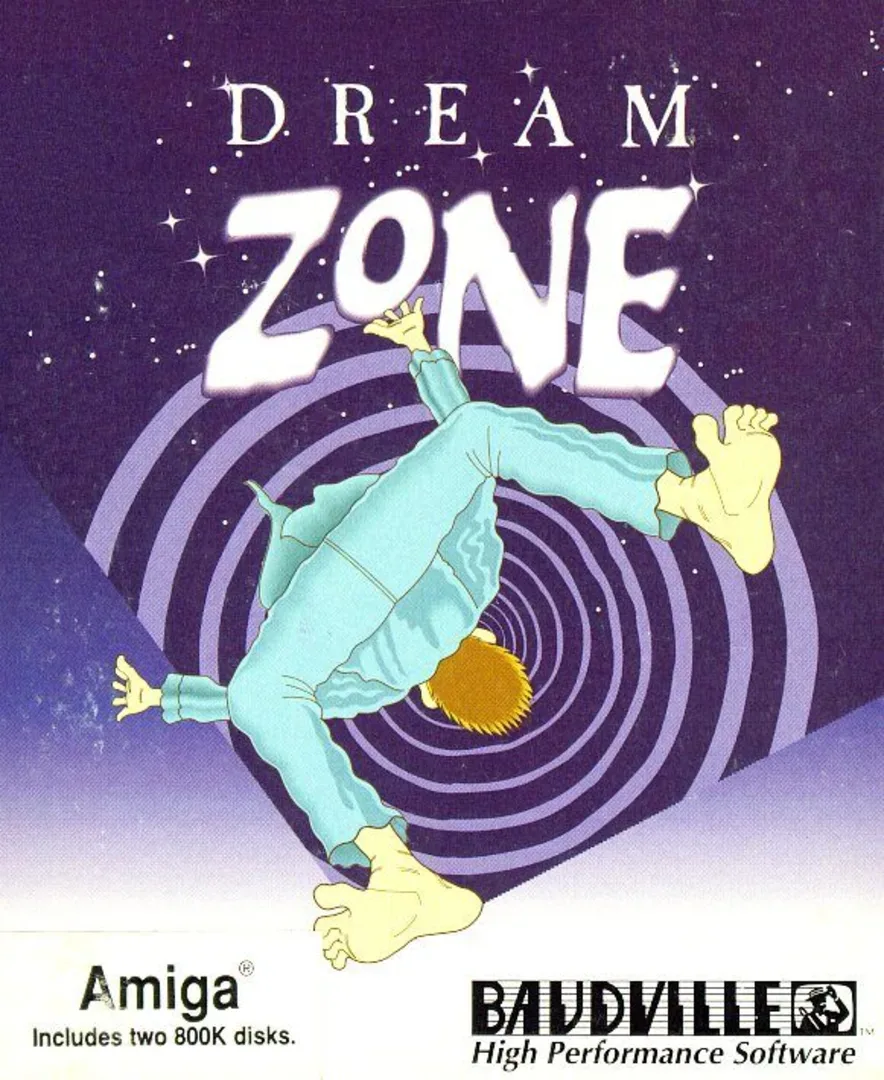
Release date: 31/12/1988
Dream Zone
Dream Zone is a first-person adventure game. A mad scientist's elixir has turned the protagonist's dreams into reality; while in this dream state, he must fight to stay alive, leave that forsaken place, and return to the real world. The game is composed out of still screens, and the player can move between them by selecting four directions. The interaction is performed either by typing text commands or by selecting verbs bound to function keys. Among those verbs are traditional "Look", "Talk", as well as the more unorthodox commands such as "Buy" or "Hit".
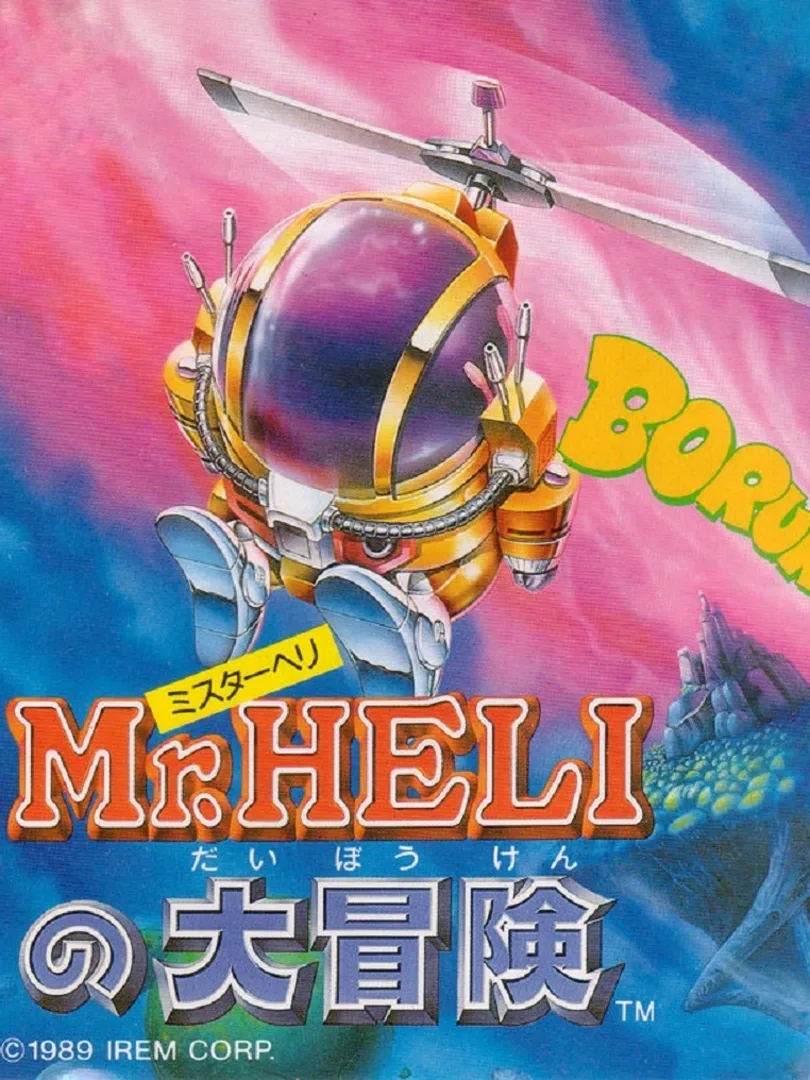
Release date: 01/12/1987
Mr. Heli
It is your mission, 'Mr. Heli' our hero, to unmask 'The Muddy' who is hiding deep underground and rescue the planet. Clear all the zones including floating green islands, moving rock beds, mysterious underground temples, and much more! The exhilarating air battle and stunning graphics capture the true character of the arcade machine. Play sharp, steer right, keep up with the fight!
